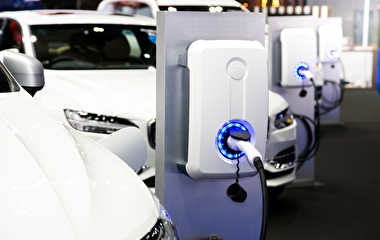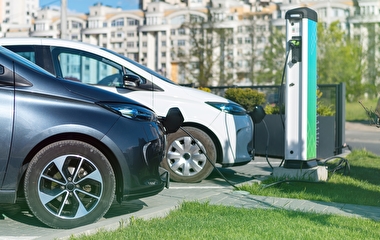Transportation funding continues to be a contentious issue in Minnesota: Are we spending enough, too little, too much? One way to help answer that question is to compare spending with other states.
“A simple comparison, however, may not accurately reflect the real level of transportation funding across the states,” says Jerry Zhao, an associate professor in the Humphrey School of Public Affairs. “States face different levels of demand and costs due to different geographic, demographic, or labor market conditions.”
To better understand the factors that influence the transportation funding level, Zhao and Professor Wen Wang at Rutgers University developed a cost-adjusted approach to systematically compare highway expenses among states. They found that while Minnesota spends more than average on highways, its spending level actually ranks low in cost-adjusted measures.
“We controlled for the effects of some major cost factors, such as demographics and natural weather conditions, which are outside of the control of state and local officials,” Zhao explains. “We found that natural weather conditions have a significant impact on highway spending—a lower winter temperature is associated with higher highway expenditures.”
The effect of population size isn’t as straightforward: “There is some impact of economy of scale, but only to a certain threshold,” he says. While urban areas have greater complexity, the higher population density is associated with less spending per capita, probably due to spreading the costs across a greater population.
The analysis also found that state and local governments tend to spend less on highways when they are under fiscal stress, and states with a higher gross domestic product (GDP) appeared to spend more on highways per capita. “Essentially, highway investment decisions may be greatly influenced by the economic fluctuations and fiscal stresses faced by a state,” he says.
According to unadjusted 2010 data, Minnesota ranks 8th on highway spending per capita and 18th on its share of statewide highway spending in GDP. “But after adjusting for those factors that are largely out of control by transportation policy, we found that Minnesota’s rankings drop to 37th on highway spending per capita and 41st on the share of highway spending in GDP,” Zhao says. “This suggests that the relatively high level of highway spending in Minnesota is largely driven by the cost factors of demographics and weather conditions.”
“This study confirms what MnDOT has experienced and that transportation financing is more complicated than one would expect,” says Tracy Hatch, MnDOT deputy commissioner. “Not only is Minnesota’s transportation system significantly undercapitalized—there are considerable financial impacts from factors outside of our control.”
The analysis was conducted as part of the U’s Transportation Policy and Economic Competitiveness Program (TPEC). In previous work, TPEC researchers created the Minnesota Transportation Finance Database, which compiles data about Minnesota’s transportation finance and shows the change of transportation spending in Minnesota over time.




